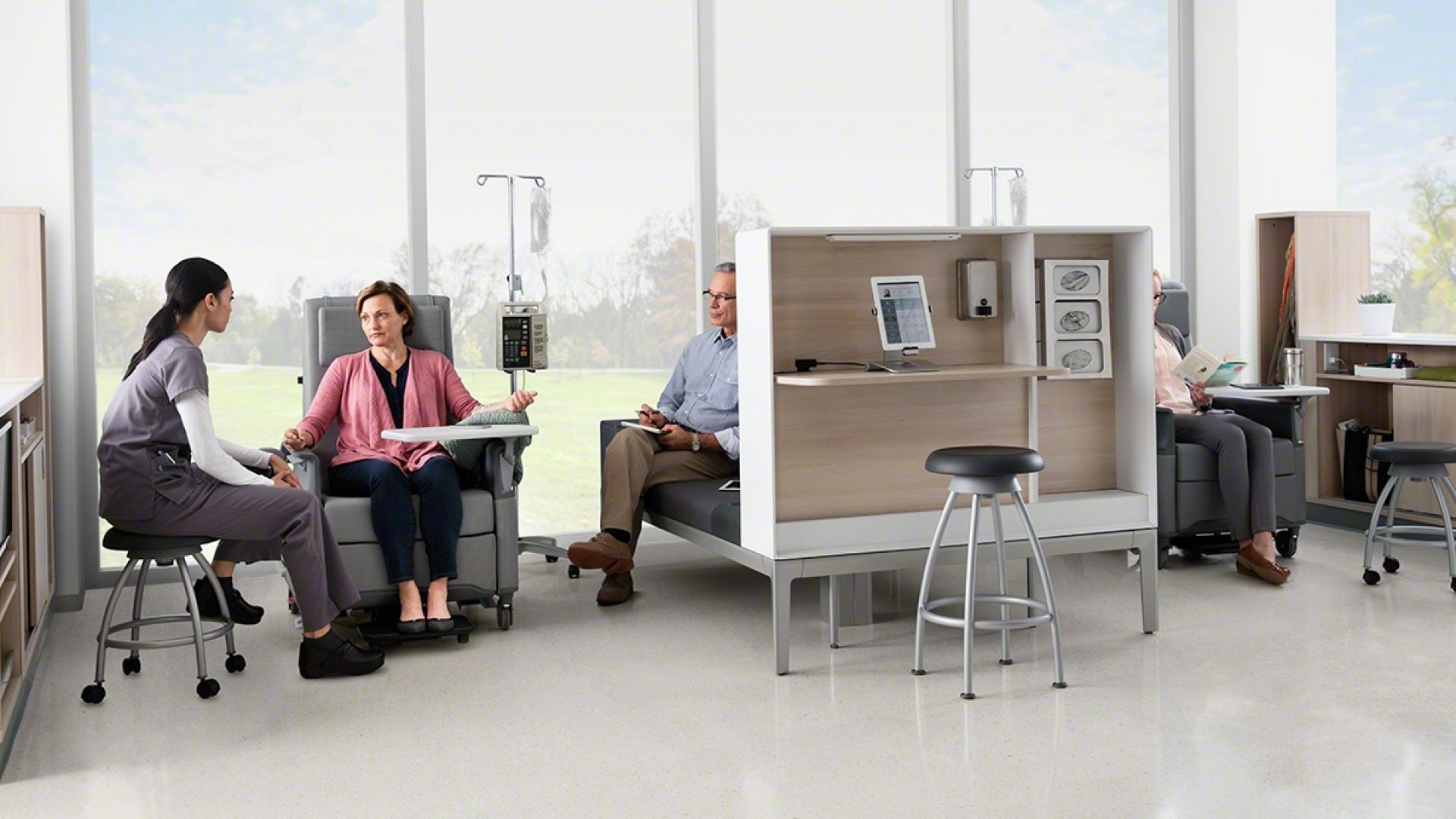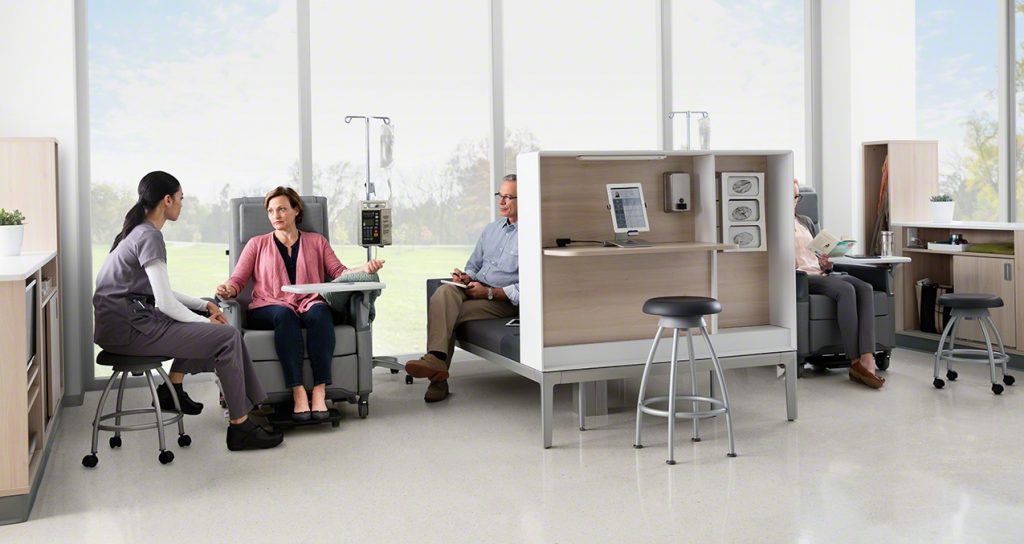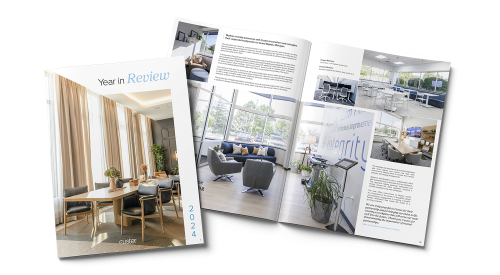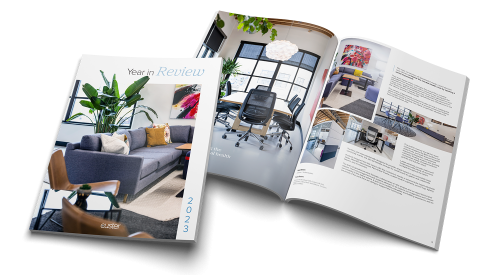- Blog
- Nurse Burnout is a Major Issue - How Better Healing Environments Can Help
Nurse Burnout is a Major Issue - How Better Healing Environments Can Help

For those of us on the receiving end of healthcare, the experience is often riddled with mystery and stress. From wondering Which way do I go? to What might I be ill with?, the worry and wondering often make for anxiety-inducing visits to the clinician. But for those on the giving end of healthcare, the stress can be even worse. Nurses, for example, deal with the chronic stress of numerous direct interactions with people; these incessant interactions can then lead to a range of professional and personal strains, such as emotional exhaustion, reduced personal accomplishment, and depersonalization of patients.
According to a review of research by the National Institute for Occupational Safety and Health at the Centers for Disease Control and Prevention in 2012, nursing is considered one of the most stressful professions. Over time, that stress can contribute to illness in nurses, which affects job performance, satisfaction, and overall wellbeing. Extreme exhaustion and reduced performance are common side effects of burnout, which become dangerous if experienced while on duty. And on a larger scale, nurse burnout may contribute to absenteeism and turnover in the healthcare organization, both of which detract from the quality of care received by patients.
NPR’s health blog Shots reported that while heavy workloads contribute significantly to nurses’ stress levels, hiring more staff into a disorganized system isn’t the best solution.
So what can be done to lessen nurse burnout?
We believe that the healthcare environment can play a significant role in easing the chronic pressure put on nurses. And we’re not alone. According to the NCBI, by turning toxic work environments into healthy workplaces, researchers and nurse leaders believe that improvements can be realized in recruitment and retention of nurses, job satisfaction for all healthcare staff, and patient outcomes—particularly those related to patient safety.
By working alongside hospital staff to design the most functional space for their needs, the work environment becomes a tool in caring for patients rather than a space to navigate or an obstacle to work around. What’s more, giving nurses and other hospital staff choice and control in their environment — such as creating Serenity Spaces as this Illinois hospital did — hospitals are better able to mitigate nurse burnout and attract and retain people for the long haul. To learn more about creating an ecosystem of spaces within the healing environment, explore this digital magazine covering the healthcare industry.
Not only do nurses depend on a state of wellness to do their work; our wellbeing depends on it as well. A highly functioning work and healing environment can be a tool in relieving nurse burnout, making for happier employees and better caregivers.
To learn more about the ways we create spaces that empower nurses, clinicians, caregivers, and patients, be sure to check out our custom healing spaces or connect with us here. We would love to hear from you.



